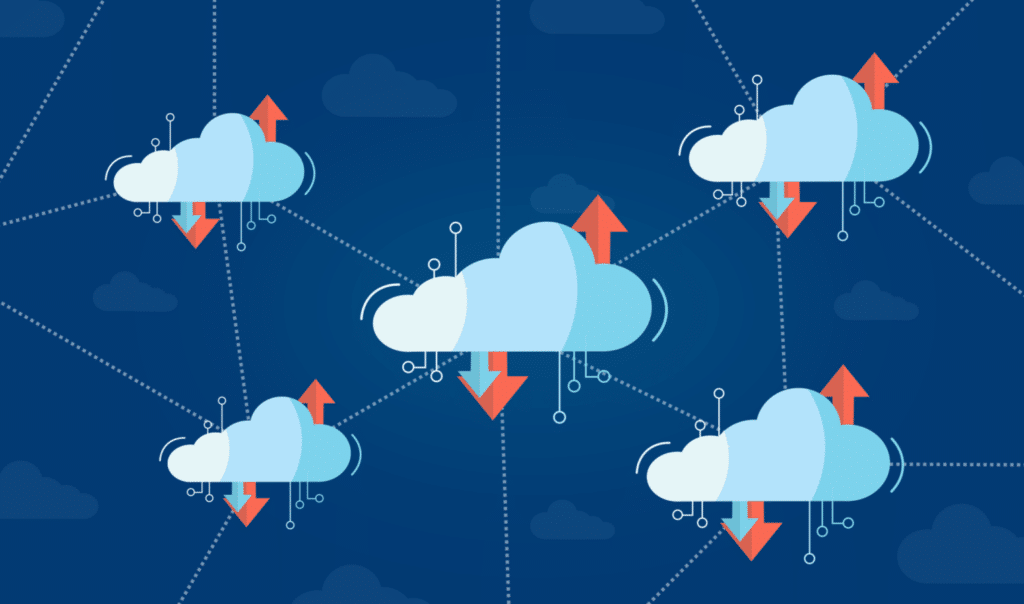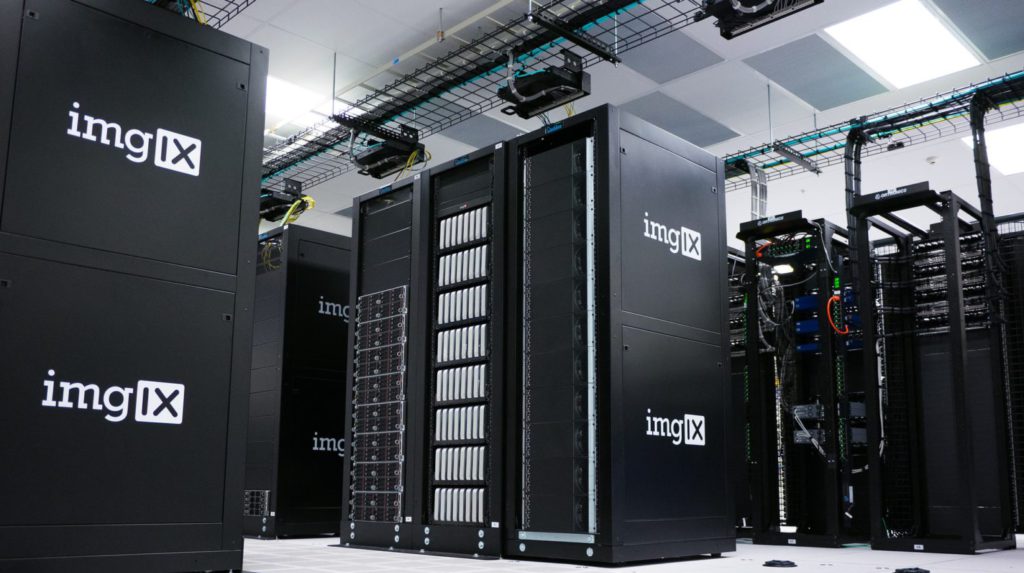Vertical scaling means adding resources to extend the capacity of a server or IT infrastructure. Find out all you need to know about it.
As a company grows, it needs to extend the accessibility, power and performance of its applications. One solution is scaling, either horizontally or vertically.
What is scalability?
Scalability refers to the number of requests an application can handle. When the application reaches its limit, hardware resources are exhausted and maximum capacity is reached.
Resource scaling helps avoid downtime and reduce latency. Resources can be extended by adjusting network bandwidth, computing power and memory requirements, or hard disk storage capacity.
The concept of scaling is widely used in the Data Center industry, as it lies at the heart of Data Center Management Systems (DMS). It enables capacity to be expanded as required.
There are several approaches to scaling. A distinction is made between horizontal and vertical scaling. Both involve adding resources to the IT infrastructure.
The main difference is that horizontal scaling adds resources to the machine infrastructure, while vertical scaling adds power to the existing infrastructure by increasing the CPU and RAM of existing machines.
What is vertical scaling?
Vertical scaling consists in adding computing power to an existing infrastructure, without modifying it. This means there’s no need to modify the code pool of an application, since it will simply be run on machines with better characteristics.
Scaling up increases the capacity of a single machine, and boosts its performance. The advantage of vertical scaling is that it keeps data on a single node, and distributes the load between CPU and RAM resources.
The aim of vertical scaling is to add CPU, RAM and memory resources to a single node to cope with a growing workload. This method makes it possible to increase existing hardware or software capacity.
However, it’s important to note that there is a limit to how much capacity can be added to a server. In the Cloud, vertical scaling consists of adding a server or replacing a server with a more powerful one.
In a data center, vertical scaling means adding resources to a single node. It’s possible to change instance size, buy more powerful devices and replace older ones.
Vertical scaling is commonly used by small and medium-sized businesses. This is because it enables relatively rapid expansion compared with horizontal scaling. On the other hand, this approach carries the risk of downtime and breakdowns.
It’s important to supply resources correctly to avoid these negative effects. Another disadvantage of vertical scaling is its high cost.

What is horizontal scaling?
Horizontal scaling consists in adding more machine instances, without improving the characteristics of the machines already in place. Scaling out involves sharing processing power and load balancing between multiple machines.
Rather than adding resources vertically, the idea is to add more machines. In this way, power and capacity can be increased without adding resources to existing machines.
The increase in resources is therefore less limited than with vertical scaling. DevOps experts often prefer horizontal scaling, as it is easier to automate dynamically according to load to achieve optimum performance.
Comment choisir entre scaling vertical et horizontal ?
Horizontal and vertical scaling have their respective advantages. However, a scaling strategy can dynamically alternate between vertical and horizontal scaling, as required.
In data centers, many administrators combine horizontal and vertical scaling, or adopt a hybrid strategy. This approach offers greater flexibility.
If you have to choose between vertical and horizontal scaling, take the time to compare the advantages and disadvantages of each approach to discern which is best suited to your needs.
What is Cloud auto-scaling?
Auto-scaling is an automated approach to scaling. It enables computing, memory and networking resources to be scaled up or down according to need.
This is an essential practice in Cloud Computing, since this technology enables users to pay only for what they use. Resource elasticity is therefore at the heart of this model.
The user defines a type of virtual instance with a specific capacity and predefined performance attributes. This is the launch configuration.
An auto-scaling policy enables capacity constraints to be defined, so that more resources can be added in the event of traffic peaks. The user can specify the maximum capacity.

Auto-scaling brings many benefits, such as cost reduction, automation, stable performance levels, improved fault tolerance, and increased service availability.
All major public cloud vendors offer auto-scaling services. For example, Amazon Web Services offers AWS Auto Scaling and Amazon EC2 Auto Scaling.
Google Compute Engine (GCE), meanwhile, offers auto-scaling capabilities for users of virtual machines on Google Cloud Platfom. There’s also the cluster-autoscaler module on IBM Cloud, and the Azure AutoScale service on Microsoft Azure.
How to become an expert in vertical scaling?
To master all the subtleties of vertical scaling, on-premise or in the Cloud, you can choose DataScientest training courses. Through our programs, you’ll become an expert in Cloud Computing and Machine Learning.
Our training courses enable you to acquire all the skills required for Data Science professions: Data Analyst, Data Engineer, Data Scientist, ML Engineer…
An innovative Blended Learning approach combines distance learning on a coached platform, and collective masterclasses. Our courses can be run as BootCamp or Continuing Education courses.
You can finance your DataScientest training through different funding options. Don’t wait any longer and discover all our programs!
You know all about vertical scaling. Find out everything you need to know about Cloud Computing and DevOps.










